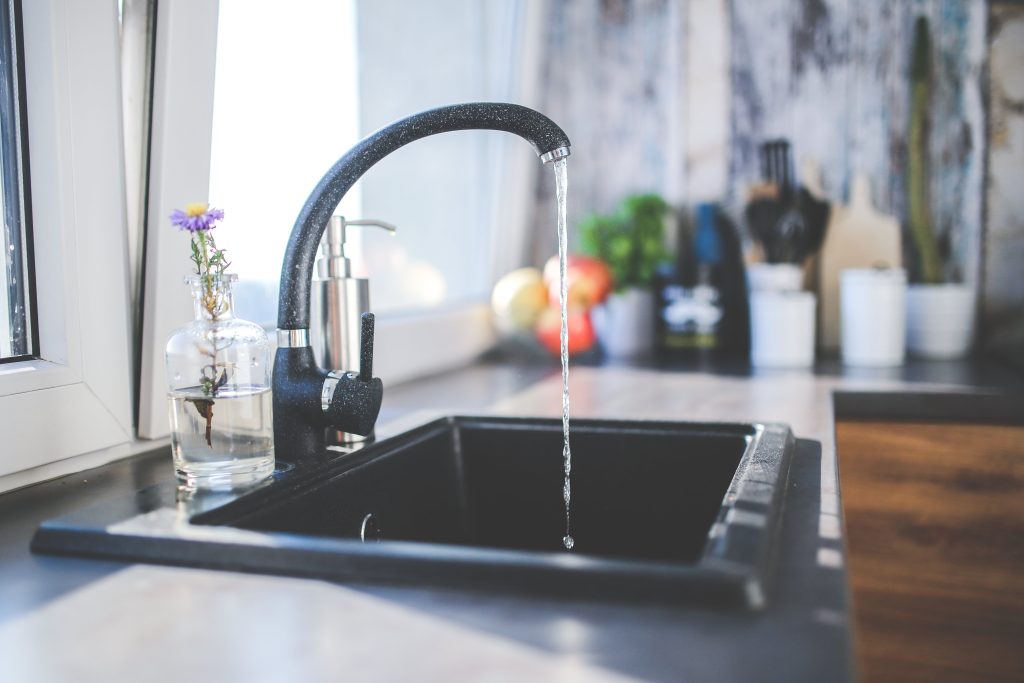How to Build The Best Outdoor Kitchen Sink

The outdoor kitchen has increasingly become an extension of a home’s culinary and social space. At its heart, besides the grill and prep areas, is the kitchen sink—a vital component for any cooking space. An outdoor sink is not only about functionality but also about durability, given the exposure to varying weather conditions. Here, this article will delve into the steps and considerations necessary to establish an exceptional kitchen sink.
Selecting the Right Material
When it comes to the outdoors, not all materials are made equal. The environment poses challenges like UV rays, humidity, rain, and temperature fluctuations, making it crucial to choose materials that can withstand these conditions. Stainless steel stands out as a preferred choice when making outdoor kitchen sinks due to its impressive resistance to rust and corrosion, as well as its enduring durability. Even with prolonged exposure to outdoor elements, it retains its shine and luster with minimal maintenance, ensuring a sleek appearance. While stone sinks blend seamlessly with a natural landscape and acrylic sinks offer a contemporary flair, they require specific care routines to maintain their appearance and integrity over time.
Strategizing the Placement
The sink’s location plays a pivotal role in determining its utility and effectiveness within an outdoor kitchen setup. First and foremost, the sink should be strategically positioned close to both the prep and cooking zones, ensuring that ingredients can be washed and pots can be easily filled. At the same time, it should maintain a direct line of access to the indoor kitchen to foster a seamless transition between indoor and outdoor spaces, optimizing the cooking workflow.
Care should also be taken to place the sink away from the main pathways, preventing water spillage or splashes in areas of high foot traffic. Additionally, with outdoor elements in mind, it’s wise to consider the sun’s trajectory throughout the day. Positioning the sink in a location that enjoys consistent shade or is at least shielded during peak sun hours can mitigate water evaporation and ensure the metal doesn’t become unbearably hot, preserving the sink’s functionality and user comfort.
Incorporating Efficient Drainage
Efficient drainage stands as a cornerstone for any kitchen sink. A failure to ensure proper drainage can result in water pooling and stagnation, not only posing potential health hazards from standing water but also potentially compromising the integrity of the kitchen structure itself. To tackle this, it’s essential to design the sink with a slight tilt, guiding water seamlessly toward the drain. Beyond this, the inclusion of a P-trap is crucial. This U-shaped pipe serves a dual purpose: it captures debris, preventing clogs further down the plumbing line, and acts as a barrier against the backflow of unpleasant sewer gases. Furthermore, it’s imperative to take additional precautions for those residing in colder climates where freezing temperatures are commonplace. Equipping the plumbing system with insulation and ensuring it is winter-proof can stave off the dreaded pipe bursts, safeguarding the sink’s functionality year-round.
Optimizing Water Supply and Filtration
Ensuring a reliable and uncontaminated water supply is paramount for an outdoor sink. While the majority of homeowners tend to link their outdoor sink directly to the home’s main water source, integrating a point-of-use filtration system offers an added layer of protection. Such a system actively filters out impurities, ensuring that the water used for cooking and cleaning is of the highest quality. Moreover, for areas plagued with hard water issues, integrating a water softener into the setup can be a game-changer. Not only does this combat the challenges posed by mineral-laden water, but it also significantly boosts the lifespan of the sink and its associated plumbing components by warding off potential mineral deposits and build-up.
Accessorizing for Enhanced Functionality
A kitchen sink isn’t merely a basin; with the right enhancements, it becomes a hub of efficiency. Features like a detachable sprayer simplify various tasks, from washing bulky cookware to rinsing off fresh produce. A strategically placed cutting board attachment over the sink not only saves counter space but also streamlines food prep, allowing for direct disposal of waste. Furthermore, integrating a garbage disposal system can be a game-changer in outdoor settings. Such a system dramatically minimizes waste accumulation, ensuring that the outdoor space remains pristine. Decreasing the amount of organic waste exposed also significantly diminishes the allure for unwanted pests, maintaining the cleanliness and hygiene of the outdoor kitchen.
Conclusion
Crafting the ideal kitchen sink is more than just installing a basin outdoors. It requires a blend of strategic placement, material selection, and accessory integration to ensure durability, functionality, and aesthetic appeal. As outdoor living spaces evolve, optimizing every component, including the humble sink, is key to creating an environment that is as efficient as it is inviting.
